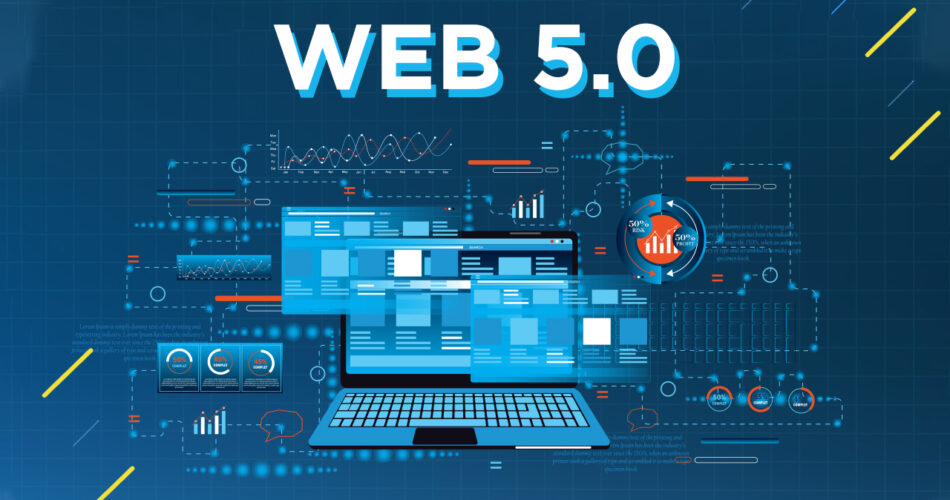In the ever-evolving digital landscape, the term “Web 5.0” or “Web 5” has emerged as the latest buzzword. But what exactly is it? And how will it reshape our online interactions? This article delves deep into the heart of Web 5.0, offering insights into its revolutionary features and the potential impact on our digital future.
Table of Contents
Historical Context: The Evolution of the Web
| Year Range | Web Version | Description |
|---|---|---|
| 1991-1999 | Web 1.0: The Static Web | This was the beginning of the World Wide Web. Websites were static, meaning they were not interactive and were primarily read-only. The content was created by individuals or organizations, and users could only view or download the information. Common features included basic HTML pages, hyperlinks, and GIF images. |
| 2000-2009 | Web 2.0: The Social Web | The internet became more dynamic and interactive. This era saw the rise of social media platforms, blogs, and wikis. Users transitioned from being mere viewers to active content creators and collaborators. Technologies like AJAX and RSS became popular, enabling real-time content updates and interactivity. |
| 2010-2019 | Web 3.0: The Semantic Web | The web started to understand the context. It wasn’t just about data anymore; it was about the meaning behind that data. Advanced algorithms and AI-driven tools began offering personalized content recommendations. Search engines became smarter, understanding user intent rather than just keywords. Integration of machine learning and natural language processing became more prevalent. |
| 2020-Present | Web 4.0: The Symbiotic Web | This phase represents the convergence of the digital and physical worlds. With the rise of the Internet of Things (IoT), augmented reality, and virtual reality, the web began interacting seamlessly with our physical environment. It’s characterized by real-time interactions, smart devices, and more personalized user experiences. |
Defining Web 5: The Emotional Web
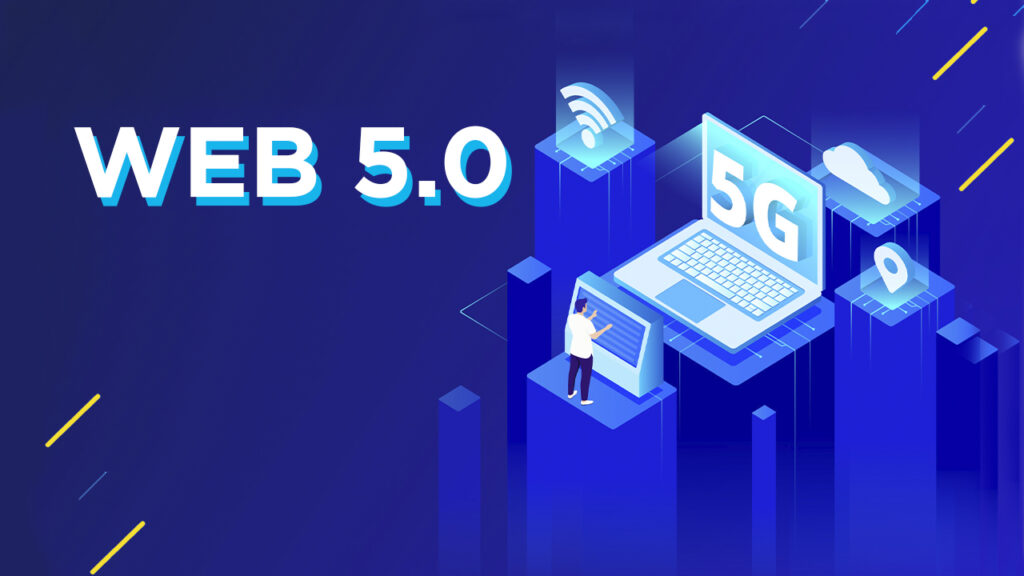
Web 5.0 represents the next significant leap in the evolution of the internet. While previous versions focused on connectivity, interactivity, semantics, and symbiosis, Web 5 aims to bring a more human touch to our digital interactions. Here’s a detailed exploration:
What is Web 5?
Web 5, commonly termed the “Emotional Web,” is envisioned as an advanced phase of the internet that not only understands user commands but also grasps human emotions, contexts, and nuances. It’s a blend of advanced technologies and human-like understanding, aiming to create a more empathetic and intuitive online experience.
Key Features and Characteristics of Web 5
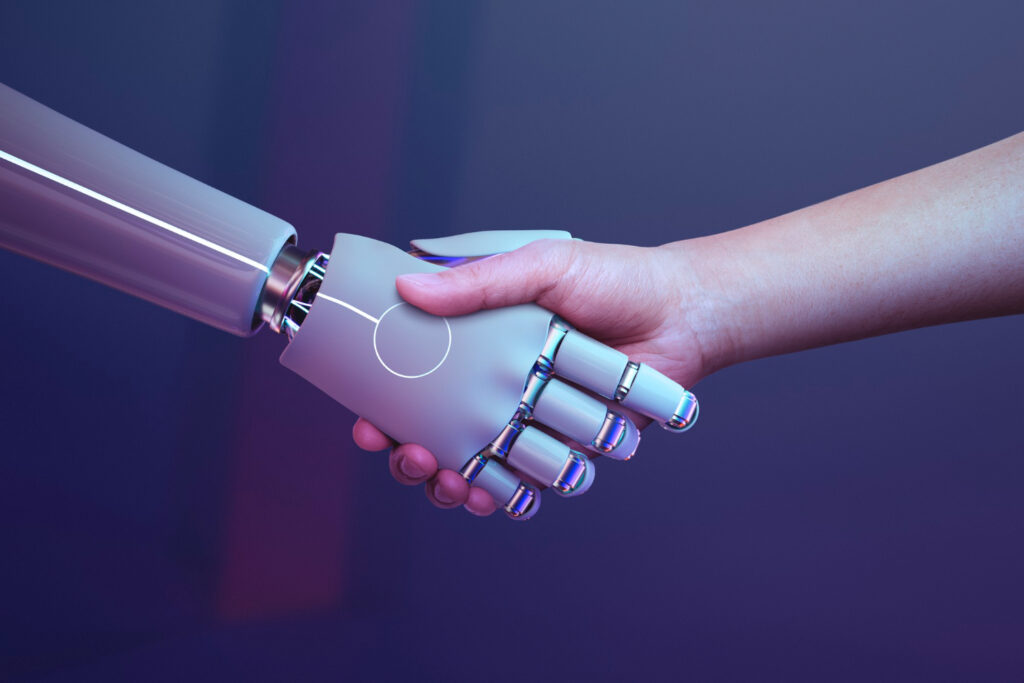
Emotion Recognition
Through advanced algorithms and sensors, Web 5.0 platforms can detect and interpret human emotions from facial expressions, voice modulations, and even text inputs. This allows for real-time adaptation of content based on the user’s emotional state.
Hyper-Personalization
Beyond just tailoring content based on browsing history or preferences, Web 5.0 aims to customize experiences based on a user’s current mood, environmental factors, and immediate needs.
Seamless Integration
Web 5 will further blur the lines between the physical and digital realms. With augmented reality (AR) and virtual reality (VR) becoming more mainstream, users can expect more immersive and integrated digital experiences.
Advanced AI Interactions
Chatbots and virtual assistants will evolve to have more human-like conversations, understanding sarcasm, humor, and other intricate aspects of human communication.
Context-Aware Browsing
The web will not just provide information but will understand the context in which it’s needed, offering solutions that are immediately relevant to the user’s situation.
The Role of AI and Machine Learning in Web 5
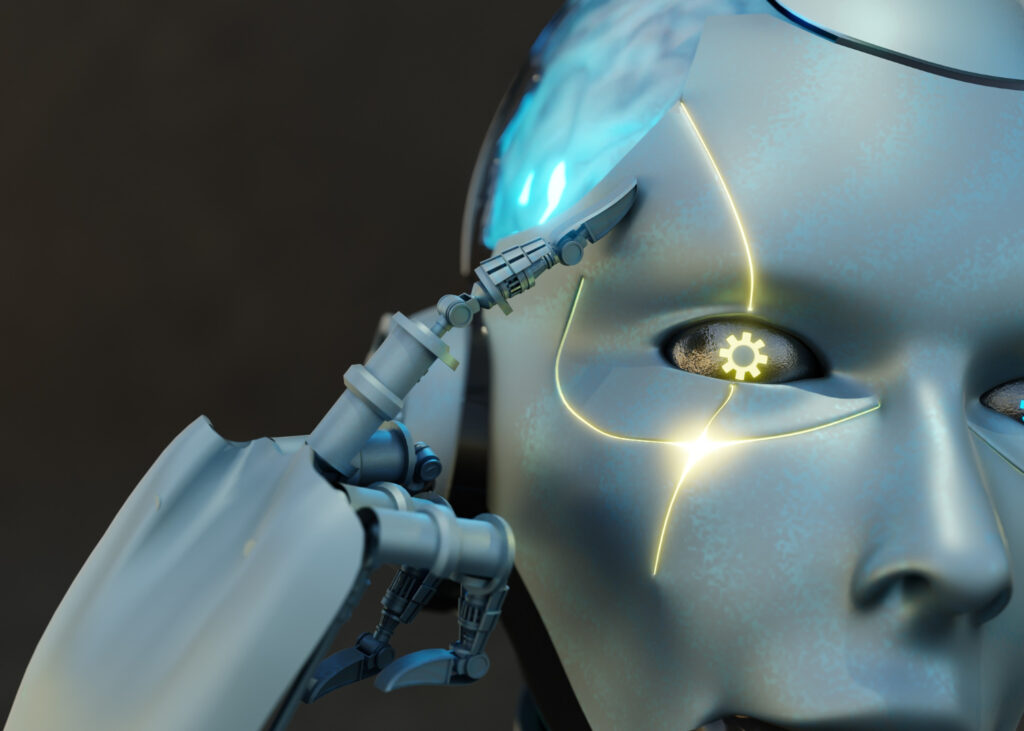
Artificial Intelligence (AI) and Machine Learning (ML) are the backbone technologies propelling the Emotional Web. Here’s how:
Deep Learning
Neural networks, especially deep learning models, will be crucial in emotion detection and sentiment analysis, allowing platforms to understand and respond to user emotions.
Predictive Analysis
AI will predict user needs even before they articulate them, based on their emotional state, past behavior, and other contextual factors.
Continuous Learning
As users interact more with Web 5.0 platforms, these systems will continuously learn and refine their understanding, ensuring that the user experience keeps improving over time.
The Potential Impact of Web 5.0
Web 5.0, with its focus on emotional intelligence and hyper-personalization, is set to revolutionize how we interact with the digital realm. Its impact will be felt across industries, societies, and individual lives. Here’s a comprehensive look:
1. Enhanced User Experience
- Emotion-Driven Interfaces: Websites and applications will adapt in real-time based on the user’s emotional state. For instance, a music streaming service might suggest calming tracks if it detects the user is stressed.
- Intuitive Searches: Search engines will not only consider keywords but also the context and emotional state of the user, delivering more relevant results.
- Interactive and Immersive Content: With the integration of AR and VR, content consumption will become more interactive, allowing users to immerse themselves in experiences rather than being passive consumers.
2. Revolutionizing Business Models
- Emotionally Intelligent Advertising: Advertisements will be tailored not just based on user preferences but also their current emotional state, leading to higher engagement and conversion rates.
- Customer Service Evolution: Customer support will become more empathetic with AI understanding the emotional state of the user, leading to more effective problem resolution.
- Product Development: Products, especially digital ones, will be designed with a focus on emotional satisfaction, leading to higher user retention and loyalty.
3. Societal Implications and Ethics
- Mental Health Monitoring: With the ability to detect emotions, platforms could potentially identify mental health issues in users, offering support or resources. However, this brings up significant ethical considerations regarding privacy and data usage.
- Enhanced Learning: Educational platforms could adapt content based on a student’s mood, ensuring optimal learning conditions.
- Ethical Dilemmas: The capability to read and respond to emotions brings up concerns about manipulation, privacy, and the moral implications of machines influencing human emotions.
4. Transforming Industries
- Healthcare: Telemedicine platforms could assess a patient’s emotional state during consultations, aiding in diagnosis and treatment.
- Entertainment: Movies, games, and other forms of entertainment could adapt in real-time based on the viewer’s emotional reactions, offering a tailored viewing experience.
- Retail: Online shopping platforms could suggest products based on the user’s mood, enhancing the shopping experience and increasing sales.
5. Challenges Ahead
While Web 5.0 promises numerous benefits, it also presents challenges:
- Data Privacy: The collection of emotional data might be seen as an intrusion of privacy, leading to concerns and potential regulations.
- Over-reliance on Technology: As platforms become more intuitive, there’s a risk of users becoming overly reliant on technology for emotional well-being.
- Economic Disruptions: Businesses that fail to adapt to the Emotional Web might find themselves becoming obsolete, leading to economic shifts and job displacements.
Technologies Driving Web 5
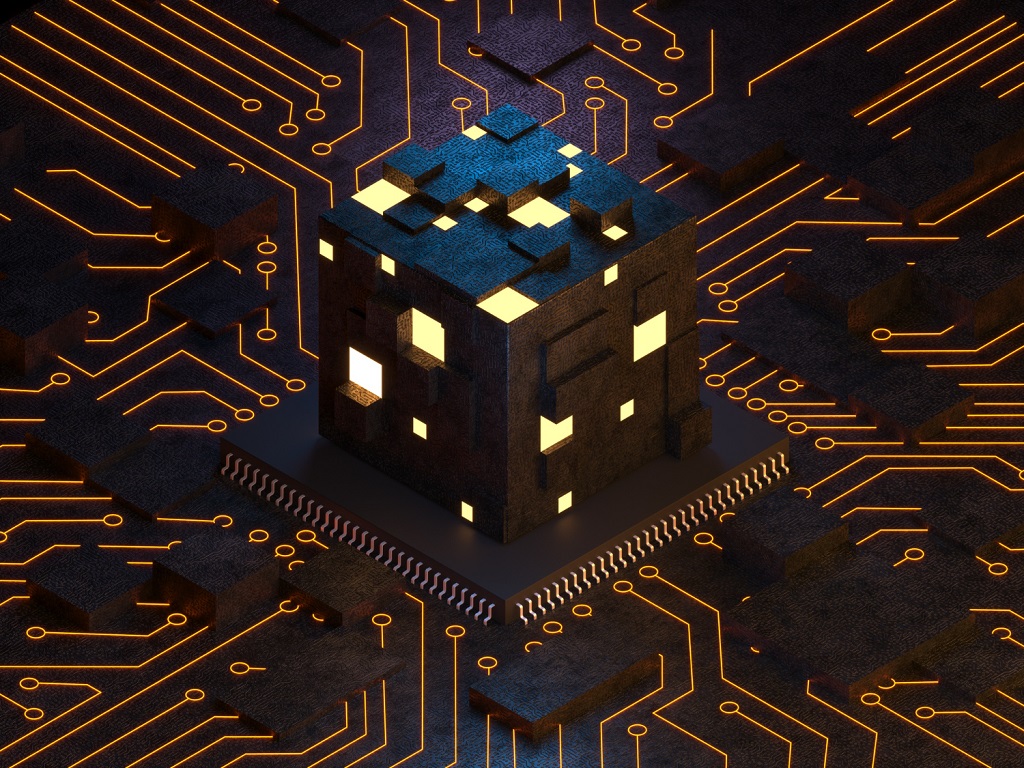
The promise of Web 5.0, or the Emotional Web, is built upon a foundation of cutting-edge technologies. These technologies not only enable the web to understand and respond to human emotions but also ensure seamless integration between the digital and physical realms. Here’s a detailed exploration:
1. Advanced AI and Neural Networks
- Deep Learning: Deep learning models, especially convolutional neural networks (CNNs) and recurrent neural networks (RNNs), play a pivotal role in processing vast amounts of data to detect patterns, understand context, and make predictions.
- Natural Language Processing (NLP): This technology enables machines to understand, interpret, and generate human language. It’s crucial for chatbots, virtual assistants, and any platform aiming to understand user sentiment and context from textual inputs.
- Emotion Recognition Systems: Using a combination of facial recognition, voice analysis, and text interpretation, these systems can detect and respond to a user’s emotional state.
2. IoT and Smart Devices Integration
- Connected Devices: The Internet of Things (IoT) represents a network of interconnected devices, from smartphones to refrigerators, all sharing data. In the context of Web 5.0, these devices can provide real-time feedback on a user’s environment and emotional state.
- Wearable Technology: Devices like smartwatches and fitness trackers can monitor physiological signals, such as heart rate and body temperature, providing insights into a user’s emotional and physical well-being.
3. Augmented and Virtual Reality
- Immersive Experiences: AR and VR technologies allow users to immerse themselves in digital environments or overlay digital information onto the physical world. In Web 5.0, these experiences could adapt in real-time based on the user’s emotions and context.
- Spatial Computing: This involves understanding and processing the physical space in which human-computer interactions occur. It’s crucial for creating seamless AR/VR experiences.
4. Blockchain and Decentralized Systems
- Data Security and Integrity: Blockchain technology ensures that data is stored securely and transparently, with each block of data linked to the previous one, making unauthorized alterations nearly impossible.
- Decentralized Web: As Web 5.0 becomes more integrated into our lives, the need for a decentralized web grows. This ensures that control and ownership of data remain with users, rather than centralized entities.
- Smart Contracts: These self-executing contracts with the terms of the agreement directly written into code lines can automate and secure online transactions and interactions.
5. Edge Computing
- Real-time Processing: As Web 5.0 relies heavily on real-time feedback and adaptation, processing data at the source (or “edge”) rather than in a centralized data center reduces latency and accelerates response times.
- Enhanced Privacy: By processing data locally on the user’s device, edge computing can also enhance data privacy and security.
Real-world Applications and Use Cases
Personalized Content Delivery
- Emotion-based Streaming: Imagine music or video streaming services that curate playlists or movie recommendations based on your current emotional state, detected through voice or facial cues.
- Adaptive News Feeds: News platforms could prioritize articles not just based on your interests but also on your current mood or the context of your surroundings.
Smart Cities and Infrastructure
- Emotion-aware Traffic Systems: Traffic management systems could detect the collective mood of drivers, adjusting signals or suggesting alternative routes during times of collective stress or urgency.
- Intelligent Public Transport: Public transportation systems could adapt in real-time based on the emotional and physical well-being of passengers, ensuring comfort and safety.
Healthcare and Telemedicine
- Emotion-sensitive Virtual Consultations: Telemedicine platforms could gauge a patient’s emotional state during a virtual consultation, providing doctors with additional insights into the patient’s overall well-being.
- Mental Health Monitoring: Wearable devices integrated with Web 5.0 capabilities could provide real-time feedback on a user’s emotional health, potentially detecting early signs of mental health issues.
Education and E-learning
- Adaptive Learning Platforms: E-learning platforms could modify content delivery based on a student’s mood. For instance, if a student is feeling overwhelmed, the platform might suggest a break or switch to a lighter topic.
- Emotion-driven Virtual Classrooms: Virtual classrooms could adapt in real-time to students’ collective mood, allowing educators to adjust their teaching methods for optimal engagement.
Retail and E-commerce
- Mood-based Shopping Recommendations: E-commerce platforms could suggest products based on a user’s current emotional state, potentially increasing sales and enhancing the shopping experience.
- Virtual Try-Ons with Feedback: Augmented reality combined with emotion detection could allow users to virtually try on clothes and receive feedback based on their emotional reactions.
Entertainment and Gaming
- Adaptive Gaming: Video games could adjust their difficulty or storyline based on the player’s emotions, ensuring an engaging and personalized gaming experience.
- Interactive Media: Movies or series could have multiple storylines, with the plot adapting in real-time based on the viewer’s emotional reactions.
Travel and Hospitality
- Emotion-driven Travel Recommendations: Travel platforms could suggest destinations or activities based on a user’s mood, ensuring a more personalized travel experience.
- Smart Hotel Rooms: Hotel rooms equipped with Web 5.0 technologies could adapt the room’s lighting, temperature, and even scent based on the guest’s emotional state.
Challenges and Concerns
As with any significant technological advancement, Web 5.0, while promising a plethora of benefits, also brings forth a set of challenges and concerns. Let’s delve into these potential issues.
Data Privacy and Security
- Emotional Data Collection: The very essence of Web 5.0 lies in understanding and responding to human emotions. This requires collecting and analyzing emotional data, which raises significant privacy concerns. How will this sensitive data be stored, used, and protected?
- Consent and Control: Users must have clear knowledge and control over what emotional data is being collected and how it’s being used. Obtaining genuine informed consent will be a challenge.
Ethical Considerations of AI
- Emotional Manipulation: With platforms capable of detecting and responding to emotions, there’s a potential risk of manipulating users’ emotions for commercial or other gains.
- Bias and Fairness: AI models, if not trained properly, can inherit biases present in the training data. This could lead to unfair or discriminatory emotional interpretations and responses.
Infrastructure and Accessibility Challenges
- Digital Divide: As Web 5.0 technologies become more advanced, there’s a risk of widening the digital divide. Those without access to the latest technologies might be left behind, missing out on the benefits of the Emotional Web.
- Technical Limitations: Implementing Web 5.0 features requires robust infrastructure, including high-speed internet, advanced sensors, and powerful computing capabilities. Ensuring consistent and widespread access can be challenging, especially in less developed regions.
Potential Job Displacement
- Automation and AI: As AI becomes more emotionally intelligent and capable of performing complex tasks, there’s a potential risk of job displacement in sectors like customer service, counseling, and even creative industries.
- Skill Gap: The rise of Web 5.0 will demand new skills and expertise. There’s a challenge in ensuring that the current workforce is equipped and trained to thrive in this new landscape.
Over-reliance on Technology
- Emotional Dependency: If users become too reliant on technology to understand and manage their emotions, it could lead to reduced human-to-human emotional interactions and potential psychological implications.
- Loss of Authenticity: With platforms adapting content based on users’ emotions, there’s a risk of creating echo chambers where users are only exposed to content that aligns with their current mood, limiting diverse experiences and perspectives.
Regulatory and Legal Challenges
- Defining Boundaries: As emotional data becomes a valuable commodity, there will be a need for clear regulations defining what can be collected, how it can be used, and the rights of users.
- Global Standards: With the internet being a global entity, establishing universal standards and regulations for Web 5.0 technologies will be a complex challenge.
Preparing for the Web 5.0 Era
As we stand on the cusp of the Web 5.0 era, it’s essential to understand how individuals, businesses, and societies can prepare for the transformative changes it promises to bring.
Skills and Knowledge for the Future
- Emphasis on Emotional Intelligence: While machines are becoming adept at understanding human emotions, it’s crucial for individuals to hone their emotional intelligence skills, ensuring effective human-machine and human-human interactions.
- Technical Proficiency: Understanding the technologies driving Web 5.0, such as AI, AR/VR, and blockchain, will be vital. Continuous learning in these domains will ensure individuals stay relevant.
- Ethical Training: As technology blurs the lines between digital and emotional realms, training in ethics will become crucial, especially for those developing and deploying Web 5.0 technologies.
Business Strategies and Adaptation
- User-Centric Approaches: Businesses will need to shift from product-centric to user-centric models, focusing on delivering personalized and emotionally resonant experiences.
- Data Management and Privacy: Companies will handle vast amounts of emotional data. Implementing robust data management and privacy protocols will be essential to gain user trust.
- Continuous Innovation: The pace of technological advancement will only accelerate. Businesses must foster a culture of continuous innovation, regularly updating their offerings to align with the latest Web 5.0 developments.
Embracing Continuous Learning and Innovation
- Lifelong Learning: The Web 5.0 era will be characterized by rapid changes. Individuals must adopt a mindset of lifelong learning, continuously updating their skills and knowledge.
- Innovation Hubs: Organizations should consider establishing innovation hubs or collaborating with tech incubators to stay at the forefront of Web 5.0 developments.
- Collaborative Approaches: The complexities of Web 5.0 will demand interdisciplinary collaborations. Bringing together experts from diverse fields like technology, psychology, ethics, and design will be crucial for holistic solutions.
Ethical and Societal Considerations
- Ethical Frameworks: As we venture into the Emotional Web, establishing clear ethical frameworks will be essential. These guidelines will help navigate the challenges of emotional data collection, AI-driven emotional responses, and potential manipulations.
- Inclusive Design: Ensuring that Web 5.0 technologies are accessible to all, regardless of age, ability, or socio-economic status, will be crucial. An inclusive design ensures that the benefits of the Emotional Web reach everyone.
Regulatory Preparedness
- Updating Legal Frameworks: Current legal frameworks might not fully address the nuances of Web 5.0. Governments and regulatory bodies will need to update or introduce laws focusing on emotional data privacy, AI ethics, and more.
- Global Collaborations: The internet knows no borders. Collaborative efforts on a global scale will be essential to address the challenges and opportunities of Web 5.0, ensuring standardized practices and regulations.
Conclusion
The dawn of Web 5.0, or the Emotional Web, signifies more than just another technological advancement; it represents a profound shift in our digital narrative. As we transition from mere interactivity to genuine emotional resonance, the internet is poised to become an even more integral part of our daily lives, understanding and responding to our emotions, contexts, and nuances.
This evolution promises unparalleled user experiences, where content isn’t just tailored to our preferences but also to our moods and immediate contexts. Businesses stand on the brink of a new frontier, where emotional intelligence will be as crucial as data analytics in crafting strategies. Societies will grapple with the ethical and moral implications of machines that can understand and potentially influence human emotions.
However, with great promise comes great responsibility. The challenges of data privacy, potential over-reliance on technology, and the ethical dilemmas posed by such advancements are substantial. As we stand at this digital crossroads, it’s imperative for individuals, businesses, and policymakers to come together, ensuring that the evolution into the Web 5.0 era is both beneficial and responsible.
In the end, Web 5.0 serves as a testament to the ever-evolving relationship between humans and technology. It’s a future where machines don’t just work for us; they understand and empathize with us. As we prepare to embrace this new era, continuous learning, ethical considerations, and inclusive strategies will be our guiding lights, ensuring that the Emotional Web truly augments the human experience.
FAQs
What differentiates Web 5.0 from its predecessors?
Web 5.0, or the Emotional Web, is characterized by its ability to understand and adapt to users’ emotions and contexts.
When can we expect Web 5.0 to become mainstream?
While elements of Web 5.0 are already being integrated, its widespread adoption might take a few more years.
